Research Progress of Chinese and Western Medicine in the Treatment of Non-Alcoholic Fatty Liver Disease
DOI: 10.23977/medsc.2024.050514 | Downloads: 11 | Views: 1102
Author(s)
Huanyu Chai 1, Yanping Shi 2
Affiliation(s)
1 Shaanxi University of Chinese Medicine, Xianyang, Shaanxi, 712046, China
2 Xi'an Children's Hospital, Xi'an, Shaanxi, 710003, China
Corresponding Author
Yanping ShiABSTRACT
NAFLD has been the most common cause of chronic liver disease, with a global prevalence of NAFLD of approximately 34.2% in the total population. Children currently have limited treatment options for NAFLD, which mainly include non-pharmacologic, pharmacologic and surgical treatments. Currently, Western medicine is mainly based on symptomatic management with lipid-lowering drugs, insulin-sensitizing drugs, and drugs to regulate intestinal flora and immune function. Chinese medicine is based on the diagnosis of Chinese medicine, and the treatment of liver and spleen, removing dampness and turbidity, clearing heat and dampness, activating blood circulation and removing blood stasis, which has a better clinical effect, and the treatment of traditional Chinese medicine can help to improve the efficacy of western drugs, alleviate the toxicity of liver and kidney of western drugs, and improve the overall resistance of the patient to slow down the development of the disease, therefore, the way of traditional Chinese medicine and the combined use of traditional Chinese medicine can be used as a direction of the research in the future, and the way of traditional Chinese medicine in the treatment of nonalcoholic fatty liver disease has a bright future. Therefore, the combined application of TCM and TCM gongfu can be the direction of future research.
KEYWORDS
Non-alcoholic fatty liver disease; a review; Chinese medicineCITE THIS PAPER
Huanyu Chai, Yanping Shi. Research Progress of Chinese and Western Medicine in the Treatment of Non-Alcoholic Fatty Liver Disease. MEDS Clinical Medicine (2024) Vol. 5: 98-103. DOI: http://dx.doi.org/10.23977/medsc.2024.050514.
REFERENCES
[1] Dai Wen, Yao Zhenzhen, Ouyang Sisi et al. A cross-sectional study of the prevalence of nonalcoholic fatty liver disease and its influencing factors in overweight/obese children[J]. Chinese Journal of Contemporary Pediatrics, 2023, 25(05): 448-456.
[2] Hsing JC, Nguyen MH, Yang B, Min Y, Han SS, Pung E, Winter SJ, Zhao X, Gan D, Hsing AW, Zhu S, Wang CJ. Associations between Body Fat, Muscle Mass, and Nonalcoholic Fatty Liver Disease: A Population-Based Study. Hepatol Commun. 2019 Jun 27; 3(8):1061-1072.
[3] Liu Jiao, Ren Caiqin, Feng Yali et al. Relationship between liver fibrosis and insulin resistance in patients with type 2 diabetes mellitus combined with nonalcoholic fatty liver disease[J]. China Clinical Research, 2021, 34(04):443-448.
[4] Ze Hao, Zhu Kexin, He Yuhan et al. Progress in the pathogenesis of nonalcoholic fatty liver disease and potential drugs[J]. Hebei Medicine, 2023, 45(22):3484-3488.
[5] Tikhomirova AS, Kislyakov VA, Baykova IE, Nikitin IG. Clinical-morphological parallels of the PNPLA3 gene polymorphism in patients with nonalcoholic fatty liver disease. Ter Arkh. 2018 Feb 15; 90(2):85-88.
[6] Wu Yang. Progress of integrated diagnosis and treatment of non-alcoholic fatty liver disease[J]. Inner Mongolia Traditional Chinese Medicine, 2021, 40(02):136-137+168.
[7] ZHUANG Hui, Guidelines for the prevention and treatment of nonalcoholic fatty liver disease (2018 update)[J]. Infectious Disease Information, 2018, 31(05):393-402+420.
[8] Yang Keyi, Huang Xuefang, Zhu Yujing et al. A two-center case-control study of factors affecting nonalcoholic fatty liver disease in a population undergoing physical examination[J]. International Journal of Laboratory Medicine, 2020, 41(24):2966-2969.
[9] Huang Tingting, Zhou Yurong, Zhang Xiangjun et al. Progress in the treatment of nonalcoholic fatty liver disease[J]. Medical Review, 2015, 21(08):1406-1409.
[10] Zhong Fangwei, Li Gengxi, Zeng Li. An experimental study to explore the improvement of non-alcoholic fatty liver disease in rats by gynostemma total saponin based on intestinal flora and short-chain fatty acid metabolism[J]. Chinese Journal of Traditional Chinese Medicine, 2022, 47(9):2500-2508.
[11] Zhao Wenxia, Zhang Lihui, Liu Xiaoyan. Experience of Zhang Lei in the treatment of nonalcoholic fatty liver disease by utilizing the purging method[J]. Journal of Traditional Chinese Medicine, 2019, 60(23):1993-1996.
[12] Li HG. Experience of National Medical Master Prof. Li Zhenhua in treating non-alcoholic fatty liver disease from spleen theory[J]. Research on Traditional Chinese Medicine, 2011, 24(07):62-63.
[13] CAI Yuanyuan, CHENG Yawei, CAI Min et al. Summary of Luo Lingjie's experience in treating fatty liver[J]. Chinese Medicine Herald, 2018, 24(20):129-131.
[14] Ma L, Cao XY, Sun YN. Mechanism of berberine promoting macrophage M2 type polarization to improve liver inflammation in nonalcoholic fatty liver disease[J/OL]. Liaoning Journal of Chinese Medicine, 1-11[2024-09-11].
[15] Cui Ji, Zhao Huanhuan, Yu Lijun, et al. Study on the modulation of fatty acid β-oxidation by and thujaplicin to ameliorate non-alcoholic fatty liver disease[J]. Journal of Liaoning University of Traditional Chinese Medicine, 2024, 26(07): 37-41+221.
[16] Ke Huajing, Zhang Yu, Gao Ruichen. Effects of acupuncture combined with acupoint placement on clinical symptoms and inflammatory factor levels in patients with nonalcoholic fatty liver disease[J]. Medical Equipment, 2023, 36(05): 73-75.
[17] Pang L, Jin W. Clinical observation on non-alcoholic fatty liver disease patients with eight-duanjin[J]. Guangming Traditional Chinese Medicine, 2023, 38(04):673-676.
[18] Xie Wenqiang. Observation on clinical efficacy of acupuncture point burrowing in treating patients with severe non-alcoholic fatty liver disease[J]. Journal of Jiangxi University of Traditional Chinese Medicine, 2022, 34(04):64-66.
| Downloads: | 10011 |
|---|---|
| Visits: | 671809 |
Sponsors, Associates, and Links
-
Journal of Neurobiology and Genetics

-
Medical Imaging and Nuclear Medicine

-
Bacterial Genetics and Ecology
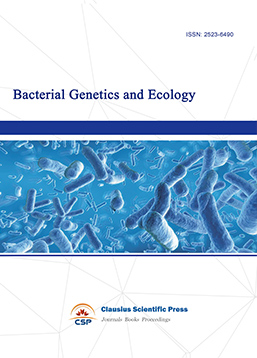
-
Transactions on Cancer
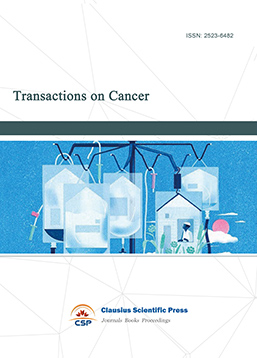
-
Journal of Biophysics and Ecology
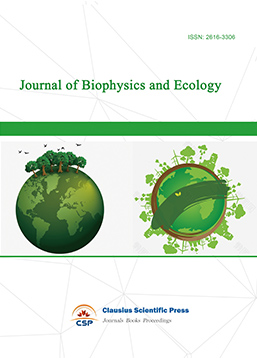
-
Journal of Animal Science and Veterinary
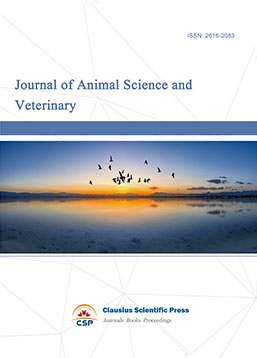
-
Academic Journal of Biochemistry and Molecular Biology
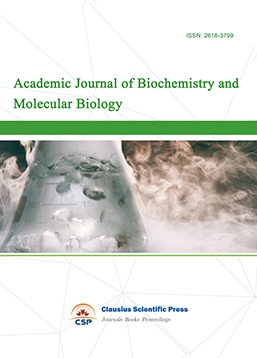
-
Transactions on Cell and Developmental Biology
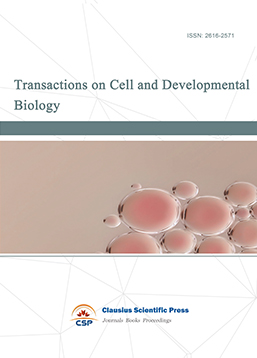
-
Rehabilitation Engineering & Assistive Technology
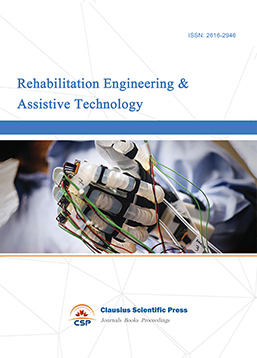
-
Orthopaedics and Sports Medicine
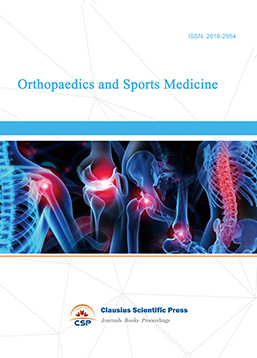
-
Hematology and Stem Cell

-
Journal of Intelligent Informatics and Biomedical Engineering
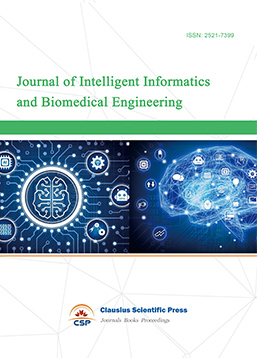
-
MEDS Basic Medicine
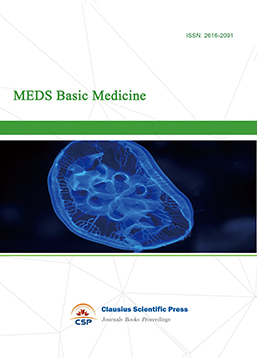
-
MEDS Stomatology
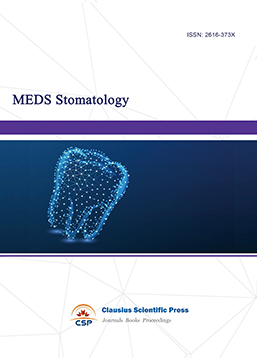
-
MEDS Public Health and Preventive Medicine
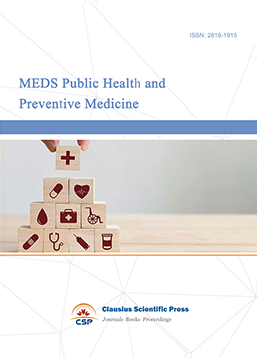
-
MEDS Chinese Medicine
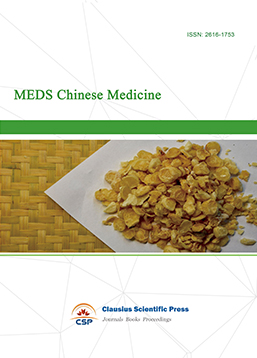
-
Journal of Enzyme Engineering
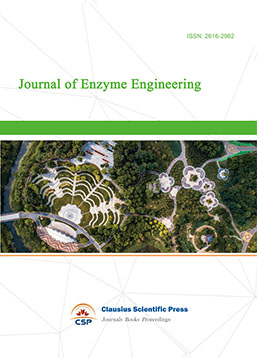
-
Advances in Industrial Pharmacy and Pharmaceutical Sciences
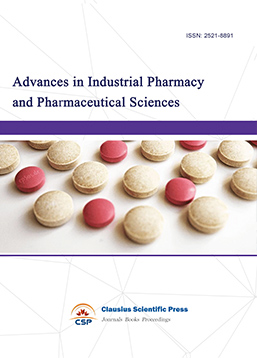
-
Bacteriology and Microbiology
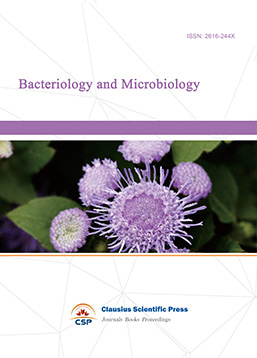
-
Advances in Physiology and Pathophysiology
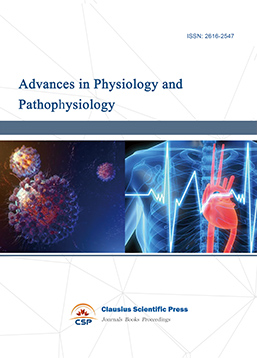
-
Journal of Vision and Ophthalmology
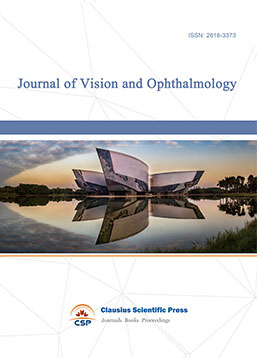
-
Frontiers of Obstetrics and Gynecology

-
Digestive Disease and Diabetes
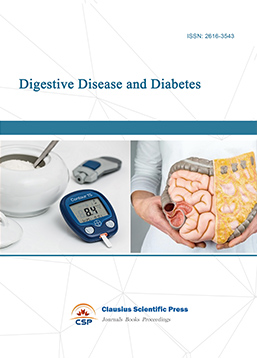
-
Advances in Immunology and Vaccines

-
Nanomedicine and Drug Delivery
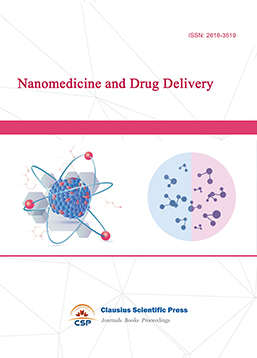
-
Cardiology and Vascular System
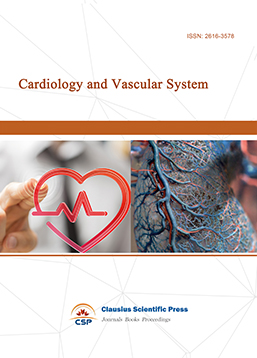
-
Pediatrics and Child Health
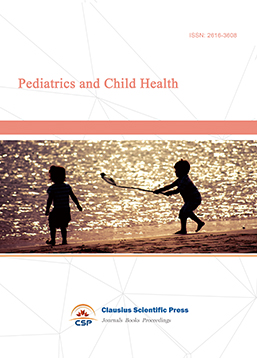
-
Journal of Reproductive Medicine and Contraception
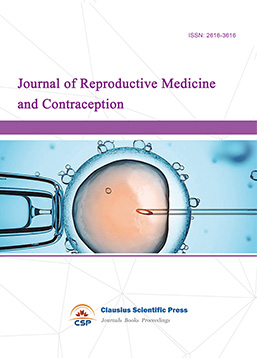
-
Journal of Respiratory and Lung Disease
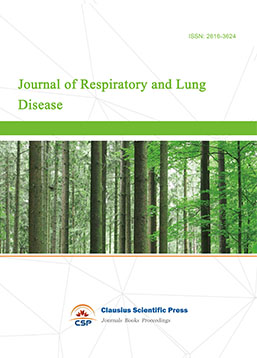
-
Journal of Bioinformatics and Biomedicine
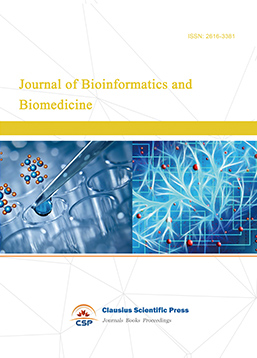

 Download as PDF
Download as PDF